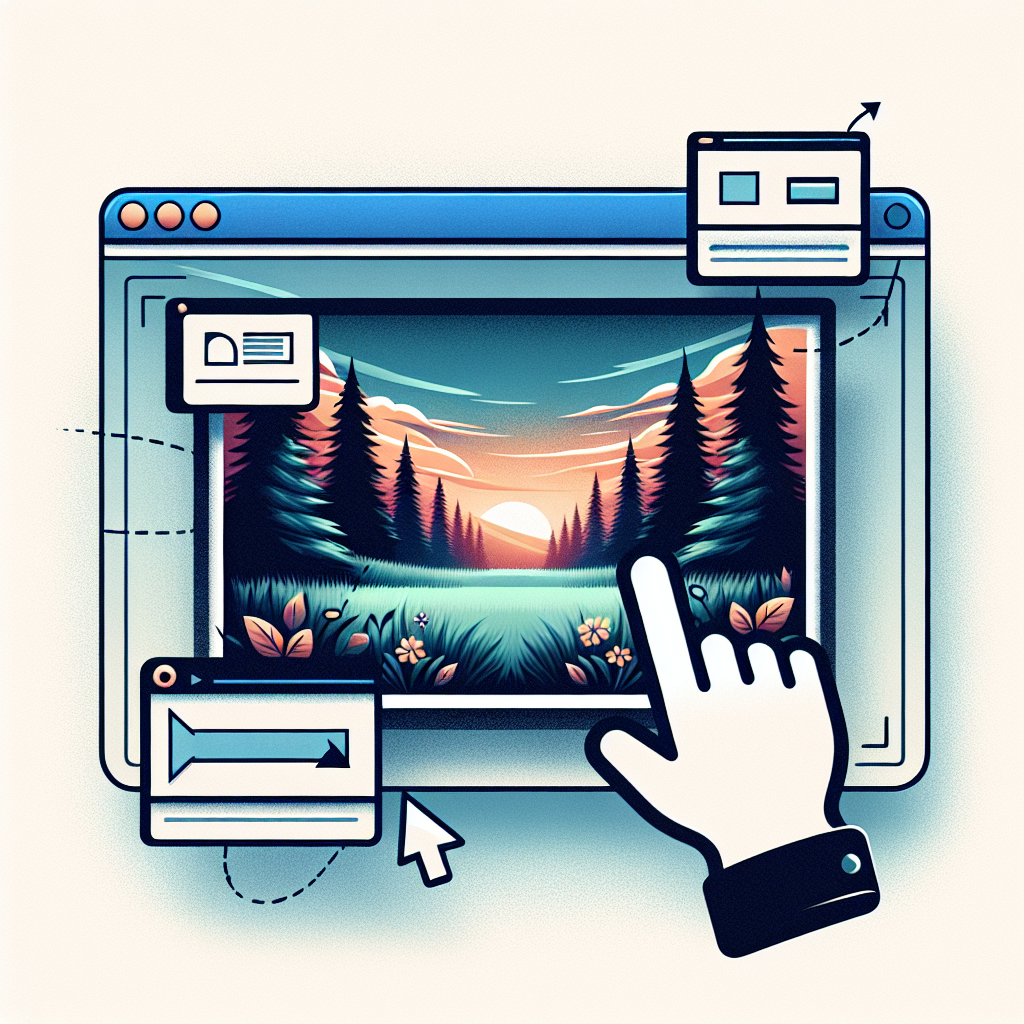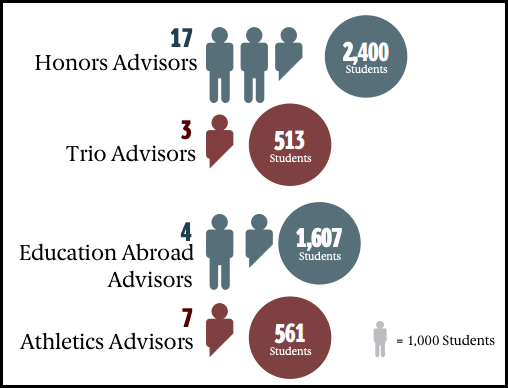Unlock the mystery of alt text and discover how it impacts accessibility, SEO, and user experience on your website.

Image courtesy of via DALL-E 3
Table of Contents
Have you ever wondered how people who can’t see images on the internet still know what they’re all about? That’s where something called “alt text” comes in. In this article, we’ll explore what alt text is, why it’s so important, and how you can write it effectively to make the internet more accessible to everyone.
What is Alt Text?
Alt text is simply the words used to describe images on websites. It’s like a little caption that explains what the image is showing. This text is crucial for people who can’t see the images, as it helps them understand what the picture is all about.
Why Alt Text Matters
Alt text is essential because it enables blind or visually impaired people to access and understand the content you see. When they use screen readers (which read aloud the text on websites), the alt text describes the images, allowing them to understand the complete picture, just like you can with your eyes.
How Alt Text Helps People
Screen Readers Explained
Screen readers are like magic narrators for the internet. They read out loud the words on a webpage, making it possible for blind or visually impaired people to access online content. When a screen reader finds alt text, it describes the image to the user, allowing them to understand what the picture is about even if they can’t see it.
Making the Internet Equal
Imagine if you couldn’t see the pictures on your favorite website. That’s the reality for some people, which is why alt text is so important. It helps create an internet that everyone can enjoy, not just those who can see. By adding alt text to images, you’re helping to make the web a more inclusive place for everyone.
Creating Good Alt Text
When creating alt text for images, it is essential to describe what you see accurately and clearly. Think about the main elements of the image and focus on expressing them in a concise manner. For example, if the image shows a red apple on a wooden table, your alt text could be “Red apple on a wooden table.” This helps visually impaired users understand the essence of the image.
Be Specific
Being specific in your alt text is crucial for providing a detailed description of the image. Include specific details that are important to convey the image’s content accurately. Avoid generic descriptions and aim to capture the essential elements that make the image meaningful. For instance, instead of saying “A dog,” you could specify “Brown Labrador playing fetch in a park.”
Checking Your Alt Text
When you have written your alt text, it’s essential to check it for any errors. Just like proofreading a school assignment, proofreading your alt text ensures it accurately describes the image. Here are some tips on how to proofread your alt text:

Image courtesy of venngage.com via Google Images
- Read it out loud: By reading your alt text aloud, you can catch any awkward phrasing or missing details.
- Focus on accuracy: Make sure that the information in your alt text is precise and directly relates to the image.
- Check for spelling and grammar: Errors in spelling or grammar can make your alt text confusing, so double-check for any mistakes.
Testing for Clarity
After you have proofread your alt text, it is crucial to test it for clarity. You want to ensure that your alt text is easy to understand and accurately represents the image. Here are some simple ways to test the clarity of your alt text:
- Show it to a friend: Ask a friend or family member to read your alt text and see if they can understand what the image is about.
- Cover the image: Cover the image on your screen and read the alt text. Does it still make sense and provide a clear description?
- Use online tools: There are online tools available that analyze alt text for clarity and suggest improvements. Consider using these tools to enhance your alt text.
Alt Text for Different Types of Images
When writing alt text for photographs, it’s important to describe the key elements that are essential to understanding the image. Include details like colors, people, objects, and the overall scene to paint a clear picture for those who cannot see the image. For example, if the photograph is of a beach at sunset with people playing volleyball, mention the sandy beach, the vibrant colors of the sunset, and the activities of people playing volleyball.
Graphs and Charts
Alt text for graphs and charts should focus on conveying the data and information presented visually. Describe the type of graph, the axes, data points, trends, and any key findings in a concise manner. For instance, if the graph shows a comparison of sales figures between different quarters, mention the type of graph (e.g., bar chart), the quarters compared, and any significant changes or trends in the data.
Illustrations and Drawings
When writing alt text for illustrations and drawings, emphasize the content or message the image is conveying. Describe what the illustration represents, the main elements or characters depicted, and any details essential to understanding the image. For example, if the illustration is a diagram of the water cycle, mention the various stages of evaporation, condensation, and precipitation depicted in the drawing.
Alt Text in Practice
Let’s take a look at some examples of effective alt text that provide clear and concise descriptions of images. For a photo of a bright red apple on a kitchen counter, a good alt text description would be: “A ripe red apple sitting on a wooden kitchen counter.” This description is specific, accurate, and conveys all the essential information about the image.

Image courtesy of sc.edu via Google Images
Another example could be for a graph showing the increase in website traffic over a month. The alt text could say: “Line graph displaying a steady rise in website visits from January to February.” This description helps visually impaired individuals understand the data presented in the graph.
By using descriptive language and focusing on the key details of an image, good alt text can enhance the online experience for all users, including those with visual impairments.
Examples of Bad Alt Text
On the other hand, let’s examine some examples of poor alt text that do not effectively describe images. For a photo of a family at a beach, bad alt text might be: “Image.” This description is vague and does not provide any meaningful information about the image.
Similarly, for a complex infographic illustrating different stages of a scientific process, inadequate alt text could be: “Graphic.” This alt text fails to convey the crucial details and insights that the image contains.
It is essential to avoid generic or uninformative alt text like these examples as they do not serve the purpose of making content accessible to all individuals.
Common Mistakes to Avoid
One common mistake people make when writing alt text is being too vague. Using generic descriptions like “picture” or “image” doesn’t provide any meaningful information to those who rely on alt text. Instead, focus on describing the key elements of the image in a clear and concise manner. For example, instead of saying “a picture of a dog,” you could say “a golden retriever playing fetch in the park.”
Too Wordy
Another mistake to avoid is using too many words in your alt text. While it’s important to be descriptive, it’s equally important to keep your alt text concise and to the point. Long, overly detailed alt text can be overwhelming for users who are trying to quickly understand the content of an image. Stick to the most essential details that convey the purpose or meaning of the image without unnecessary elaboration. Remember, clarity is key when it comes to writing effective alt text.
Wrap-Up
In conclusion, alt text plays a crucial role in making the internet accessible to everyone, especially those who are visually impaired. By providing a concise and accurate description of images, alt text ensures that all users can perceive and understand the content of a webpage.

Image courtesy of venngage.com via Google Images
Key Takeaways
Remember, alt text is the text used to describe images on websites, making them accessible to screen readers and visually impaired individuals. It is essential to be specific, accurate, and helpful when writing alt text to ensure it effectively conveys the content of an image.
Encouragement to Practice
Practicing writing alt text is key to improving your skills and creating a more inclusive online experience for all users. Keep honing your ability to describe images clearly and concisely to make a positive impact on web accessibility.
Want to turn these SEO insights into real results? Seorocket is an all-in-one AI SEO solution that uses the power of AI to analyze your competition and craft high-ranking content.
Seorocket offers a suite of powerful tools, including a Keyword Researcher to find the most profitable keywords, an AI Writer to generate unique and Google-friendly content, and an Automatic Publisher to schedule and publish your content directly to your website. Plus, you’ll get real-time performance tracking so you can see exactly what’s working and make adjustments as needed.
Stop just reading about SEO – take action with Seorocket and skyrocket your search rankings today. Sign up for a free trial and see the difference Seorocket can make for your website!
Frequently Asked Questions (FAQs)
What if I can’t describe the image well?
If you find yourself struggling to describe an image effectively, try to focus on what is crucial about the image. Identify key elements like objects, colors, people, or actions that are central to understanding the image. Keep your description concise and to the point, so that it conveys the essential information without unnecessary details.
Do all images need alt text?
While it’s highly recommended to provide alt text for all images on a website for accessibility purposes, there are some cases where alt text may not be necessary. Decorative images that don’t convey important information can have empty alt text (denoted by alt=””) to be skipped by screen readers. However, for images that are integral to understanding the content, alt text should always be provided to ensure everyone can access and comprehend the information equally.







